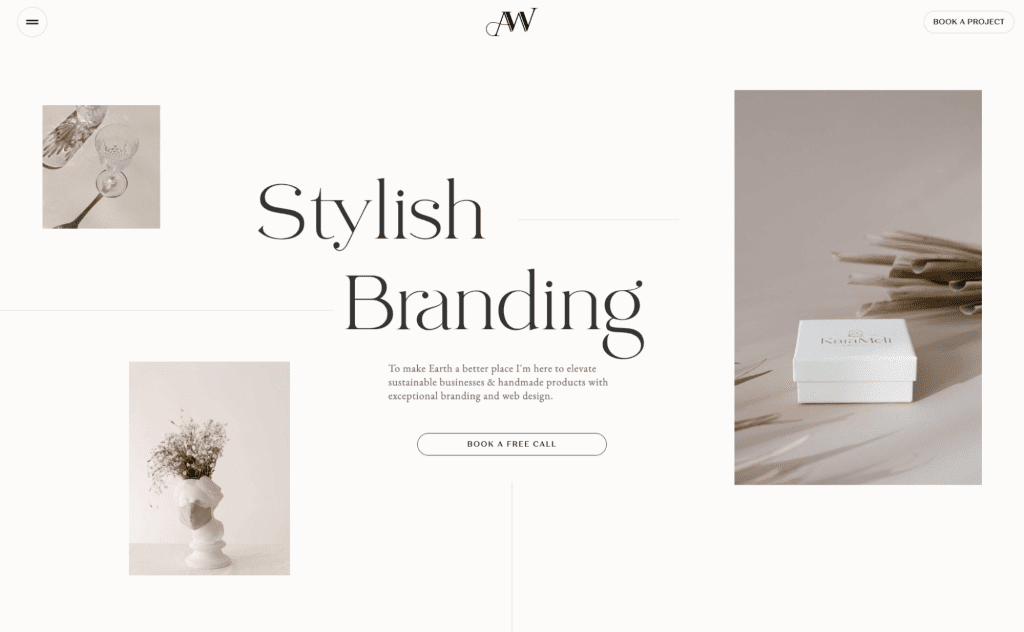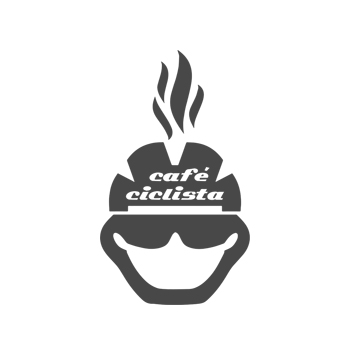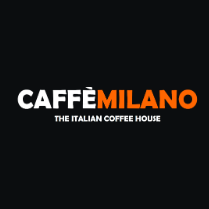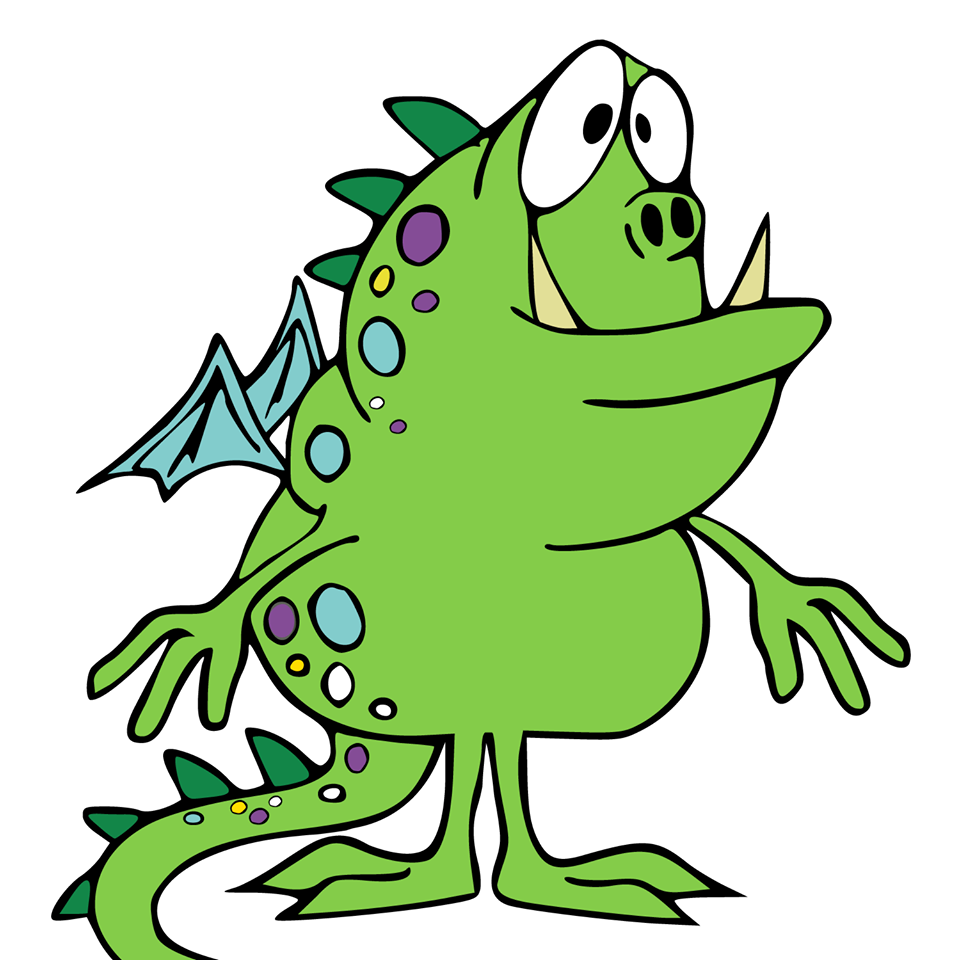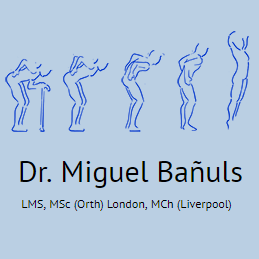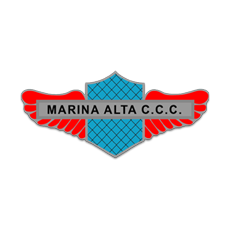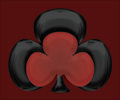Minimalism in web design has become a transformative force in the digital landscape, revolutionizing how we interact with online content. By embracing minimalist design principles, designers create websites that prioritize clarity, functionality, and user experience design, ensuring visitors can navigate effortlessly. This trend not only enhances aesthetic qualities but also brings significant SEO benefits of minimalism such as improved load times and lower bounce rates. As we edge closer to 2025, the integration of mobile-first web design with minimalist approaches is being recognized for its capacity to engage users across devices seamlessly. In this blog post, we will uncover the multifaceted benefits of minimalism, shedding light on its enduring influence in the world of web design.
In today’s fast-paced digital world, the aesthetic and functional aspects of web creation are critical to capturing user attention. The essence of streamlined web aesthetics lies in the minimalist approach, which emphasizes stripping away the superfluous to focus on core content and user interactions. This philosophy prioritizes brevity and simplicity, ensuring that every visual element serves a purpose. Furthermore, as design trends evolve toward greater simplicity, the mobile-first mindset encourages responsive layouts that enhance user engagement across platforms. Join us as we delve into how the minimalist ethos shapes the future of web design, driving trends that harmonize beauty and functionality.
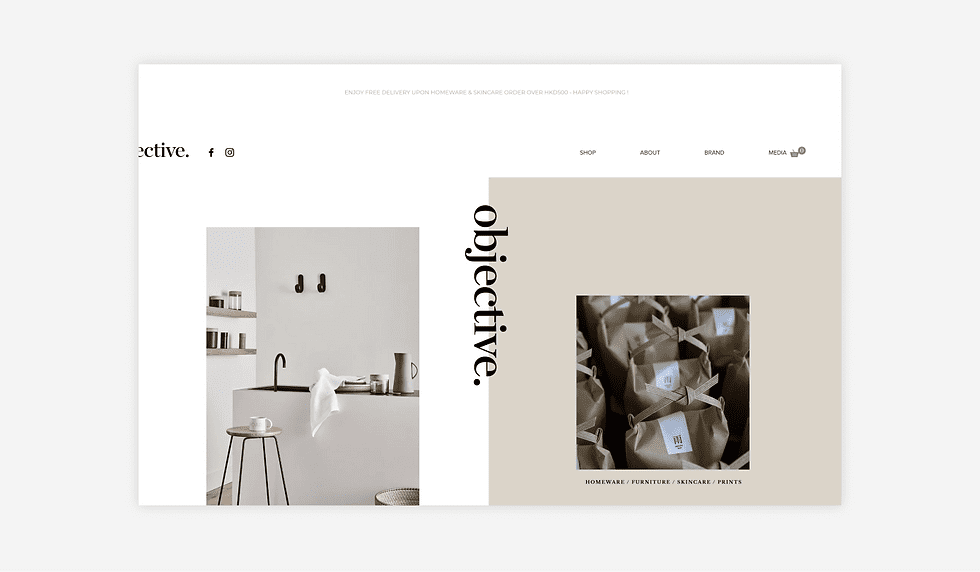
The Essence of Minimalism: Breathing Life into Digital Spaces
In the realm of web design, minimalism emerges like a whisper amid the cacophony of excess. This philosophy beckons designers to engage in a delicate dance, encouraging a balance of elements that prioritize clarity and focus. The heart of minimalist design lies in its ability to strip away the inessential, leaving only what truly matters; this creates a sanctuary for users navigating through a sea of information.
Minimalist design mirrors simplicity in life—it embraces the notion that sometimes, less truly is more. By incorporating white space, designers evoke a sense of calm that allows users to breathe, contemplate, and engage more deeply with content. In this quiet elegance, one might find the profound connection between user needs and aesthetic beauty interwoven.
Crafting Compelling User Journeys Through Simplicity
The journey of a user begins with visual cues that guide their exploration. With minimalism, every button, linkage, and image exudes purpose, crafted to captivate and guide without overwhelming the senses. Studies highlight that homes adorned with less clutter often lead to greater tranquility; similarly, websites built with a minimalist ethos foster an inviting atmosphere, promoting user satisfaction.
In a study published by the Nielsen Norman Group, findings reveal that as users encounter simplicity, their pathways to desired actions become more visible. A clean design translates to elevated interaction rates; users experience delight rather than frustration, effectively crafting a compelling narrative with every click. This thoughtful approach serves as a reminder: simplicity is not a lack of complexity, but rather a refined clarity.
The Future: Merging Minimalism with Emotional Resonance
As we gaze into the horizon of web design, an emerging trend unveils itself—the union of minimalism and emotional engagement. Moving into 2025, designers seek to enrich the user experience by weaving narratives that resonate on a personal level. This fusion strikes a chord, allowing brands to communicate heartfelt stories while adhering to the principles of minimalist design, thus creating a bridge between utility and emotion.
Embracing bold typography within a minimalist framework captures attention while dismissing chaos; it invites users to pause and reflect. Furthermore, the strategic use of emotion-driven visuals gives life to a site, inviting users into a conversation that feels personal and sacred. Creative Bloq aptly notes that these evolving trends will not only captivate audiences but also redefine the standards of user experience in a digital age where minimalism reigns supreme.
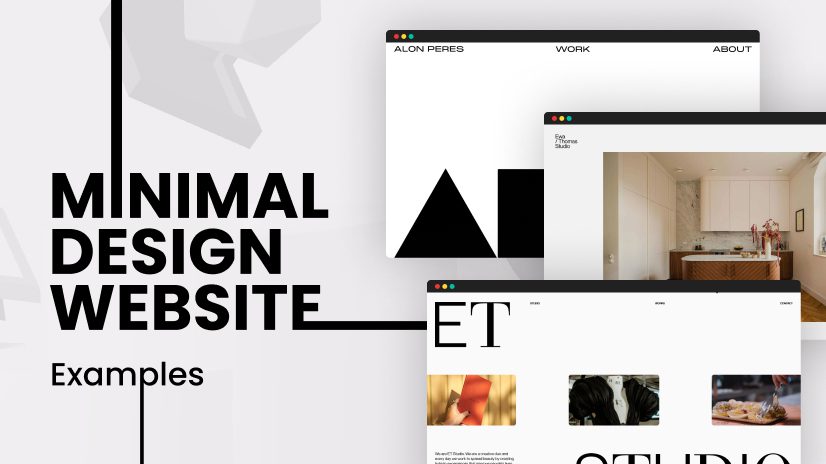
The Lasting Impact of Minimalist Design
In conclusion, the journey through the realm of minimalist web design reveals a profound understanding of its lasting impact on the digital landscape. As we embrace this aesthetic ideology, several key points arise:
– **User-Centric Focus**: Minimalism places users at the heart of design, simplifying their navigation and enhancing their overall experience.
– **Enhanced Performance**: With a streamlined approach, sites not only look appealing but operate swiftly, leading to higher engagement rates.
– **Adaptability**: The minimalist framework seamlessly transitions across devices, ensuring consistency and accessibility for every user. These elements converge, illustrating that minimalism is more than mere aesthetics—it’s a thoughtful design methodology poised to thrive in the future.
Thus, as we stride into the evolving horizons of web design, the persistence of minimalist principles stands strong. They offer a timeless solution to the desire for clean, engaging, and efficient digital experiences. By integrating emotions into these designs, brands can forge deeper connections with their audiences while preserving simplicity. As we prepare for 2025 and beyond, the journey through the minimalist landscape not only redefines usability but also breathes life into our digital interactions, making them meaningful and transformational.
Embracing the Future of Web Design
Looking forward, the future of web design is irresistibly intertwined with the virtues of minimalism—a trend that illustrates the beauty of restraint. As digital designers and brands explore this path, it’s essential to acknowledge several focal points:
– **Emotional Engagement**: The fusion of minimalist aesthetics with emotionally resonant designs provides a canvas for brands to craft genuine connections with their users.
– **Innovative Creativity**: While embracing fewer elements, there lies vast potential for unique expressions through typography and color, breathing life into the minimalist design.
– **Sustainable Practices**: As awareness of digital footprints rises, minimalist designs advocate for faster load times and reduced resource consumption, aligning web practices with sustainability.
To encapsulate, as we tread further into this digital era, the minimalism movement in web design will not fade but flourish. The balance between simplicity and emotional depth heralds a new frontier in user interaction, one that invites audiences to connect, engage, and appreciate the beauty of design that speaks more by saying less. The path ahead is bright for those who dare to harness minimalism’s profound capabilities, weaving it into the very fabric of their online presence.

